shezzer
Jr. Member
- #1
Thread Owner
Ivan the Terrible's lost library
A few years ago I cam across a Vlog on YouTube from Nerdfighters investigating Ivan the Terrible's lost treasure. Apparently a lot of information was found out but, I can't seem to find a definitive source. I would like to do a feature on this for a project where I work. Are there any threads on here or links that anybody knows of?
Treasure hunts are something I've always been interested in - read Howard Carter's tales and Wilbur Smith books. I stumbled on this forum at random.
Thanks, Mark.
This is what I am talking about
A few years ago I cam across a Vlog on YouTube from Nerdfighters investigating Ivan the Terrible's lost treasure. Apparently a lot of information was found out but, I can't seem to find a definitive source. I would like to do a feature on this for a project where I work. Are there any threads on here or links that anybody knows of?
Treasure hunts are something I've always been interested in - read Howard Carter's tales and Wilbur Smith books. I stumbled on this forum at random.
Thanks, Mark.
This is what I am talking about



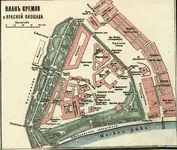

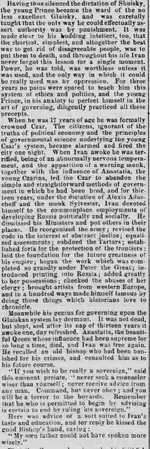
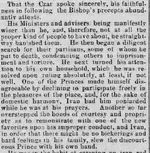
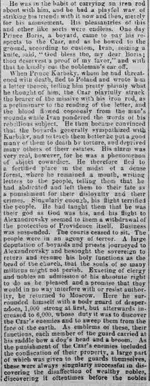
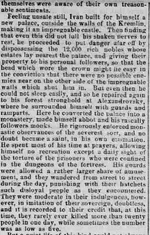

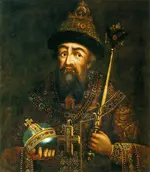
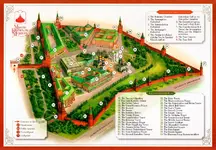
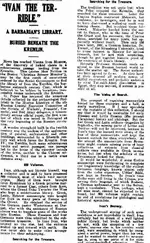


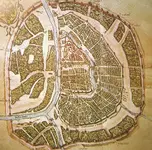
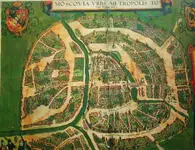
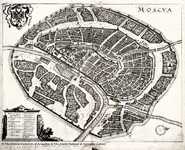
 ?
?
